Here is a really powerful article about the shooting in Florida and about the controversy with guns in the United States. I recommend that you click on the picture and read it:
Author: Charles Dittmeier
Unfavorable Conditions…
Yesterday I was returning from Bangkok to Phnom Penh and ended up on the last flight out of Bangkok. I got in really late and then found my e-mail folder was corrupted. The meetings were good but the rest of the day sure didn’t go my way. Today, though, I’m back with a repeat of a too-sad posting.
Perhaps It’s Time…
Alabama: 1 student dead, another hurt in school shooting
(Associated Press headline, 8 March 2018)
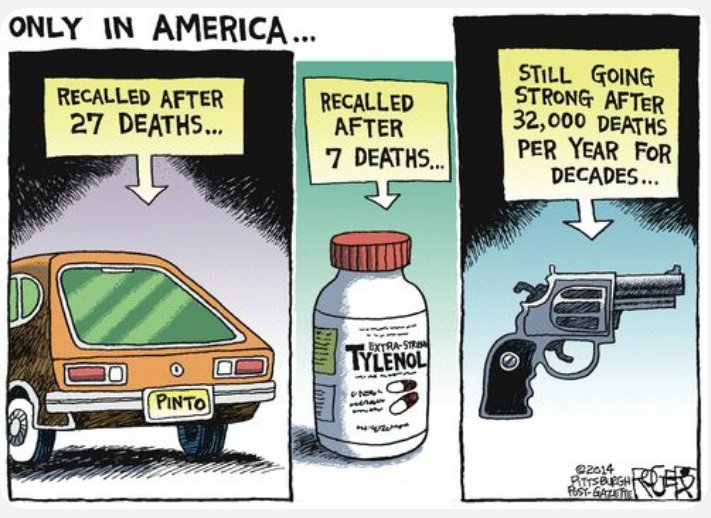
Still Aachh…..
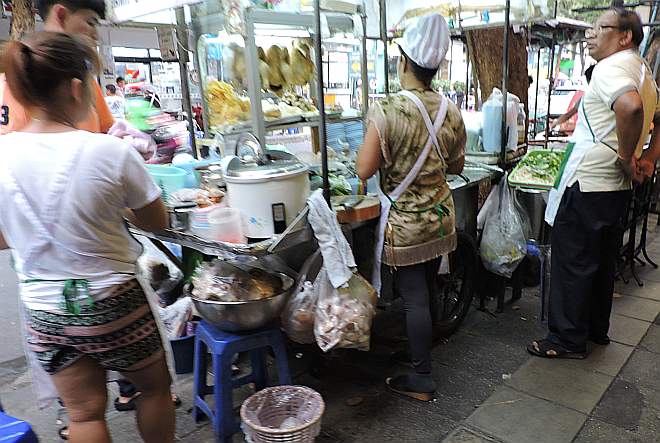 I’m still having lots of trouble getting connected to the Internet at the Bangkok Christian Guest House. It’s a nice facility with lots of positive features but Internet access isn’t one of them. I’ll be back in Phnom Penh tomorrow evening but until then here is a picture from the sidewalk-food-stall scene along many of the major footpaths in the city.
I’m still having lots of trouble getting connected to the Internet at the Bangkok Christian Guest House. It’s a nice facility with lots of positive features but Internet access isn’t one of them. I’ll be back in Phnom Penh tomorrow evening but until then here is a picture from the sidewalk-food-stall scene along many of the major footpaths in the city.
Aachh!!!
I’m on the road again, this time in Bangkok for a Maryknoll meeting, and the guest house we use has a very weak wi-fi system. There was no possibility of getting on last night but I hope to update things Tuesday night Bangkok time.
Trip to Australia: Thursday-Friday
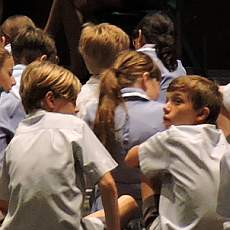
I had more of an office-type day today and then got on a 1:00 AM flight to Singapore and Phnom Penh. Click here for a few photos from my last day in Australia.
Trip to Australia: Wednesday

Most of the day was spent at the cathedral presbytery and at the Caritas Australia office and then in the evening we went to the Finneran residence for dinner. Click here to see today’s limited activities.
Trip to Australia: Tuesday

Today I spoke at Holy Cross College where we had two really good sessions with their Grade 10 and an excellent discussion with a group of their faculty over lunch. Click here to see pictures from the day.
Trip to Australia: Monday
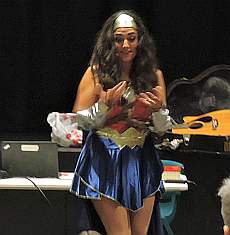 Today I was part of a Caritas Just Leadership Day in place of presentations in the Broome Diocese where flooding canceled our travel plans. Click here to see what the JLD entailed.
Today I was part of a Caritas Just Leadership Day in place of presentations in the Broome Diocese where flooding canceled our travel plans. Click here to see what the JLD entailed.
Trip to Australia: Sunday
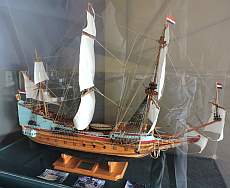 This morning was occupied with three masses in two churches, and running back and forth between them. Then after lunch I packed up and went to the airport to return to Perth. Click here to see today’s events.
This morning was occupied with three masses in two churches, and running back and forth between them. Then after lunch I packed up and went to the airport to return to Perth. Click here to see today’s events.